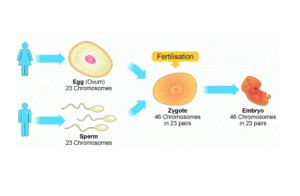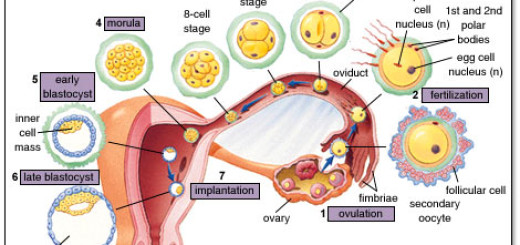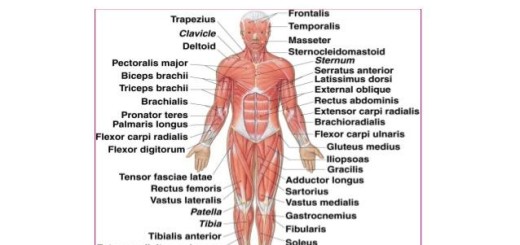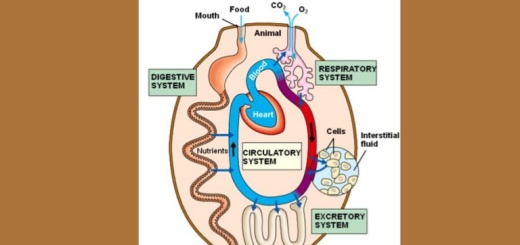Sexual reproduction is a source of genetic variations & Hermaphroditism
The sexual reproduction is a process by which the living organism produces the individuals with the traits differ from the parents, It occurs through two parental individuals, One is the male and the other is a female, It occurs in most higher living organisms of the plants and the animals.
Sexual reproduction
The sexual reproduction depends on two processes which are the gametes formation and the fertilization.
The gametes formation, The gametes of males and female are formed in the reproductive cells by the meiotic division, and they contain half the chromosomes number (N) of the organism’s reproductive cells (2 N).
the fertilization is the combination of a male gamete (N) and a female gamete (N) to form a zygote (2 N) which contains the normal number of chromosomes of the organism.
The zygote contains the genetic material from both the parents and when it grows, it gives a new offspring with the traits of its parents, The zygote is a cell produced due to the fertilization and it contains the complete number of chromosomes of the living organisms.
Sexual reproduction is a source of genetic variation as the offspring resulted from sexual reproduction gets his genetic traits from two sources, the male and the female.
The resulted offspring has new genetic traits that combine the parents’ traits, So, sexual reproduction is a source of genetic variation from the parents to the children.
The chromosomes number of gametes is just (N) because the gametes are produced from the meiotic division, after the fertilization, the zygote of (2 N) is produced which grows performing the organism.
The offspring’s DNA is different, It is prepared for any changes, any diseases that affect some of the offspring will not affect all of them, The DNA variation causes the evolution, while the sexual reproduction takes time and energy to find the mate.
Sexual reproduction is the combination of (the haploid, or a single set of unpaired chromosomes) reproductive cells from two individuals to form a third (diploid, or a pair of each type of chromosome) unique offspring.
The sexual reproduction produces the offspring with the novel combinations of genes, It can be an adaptive advantage in the unstable or the unpredictable environments, As the humans, We are used to thinking of the animals as they have two separate sexes, the male and the female, in the animal kingdom, there are many variations on them.
Hermaphroditism
Hermaphroditism occurs in the animals where one individual has both male and female reproductive parts, The invertebrates, such as the earthworms, the slugs, the tapeworms, and the snails are often hermaphroditic.
Hermaphrodites may self-fertilize or may mate with another of their species, fertilizing each other and both produce the offspring, The self-fertilization is common in the animals that have limited mobility or are not motile such as the barnacles and the clams.
Reproduction, Types of sexual reproduction (Conjugation, Reproduction by sexual gametes)
Fertilization process, Pregnancy and the stages of embryonic development
Structure of Female genital system & ovum, Oogenesis stages & Menstrual cycle
Reproduction in Human being, Structure of Male genital system & sperm
Childbirth, lactation, types of twins, problems related to childbearing & gametes banks




